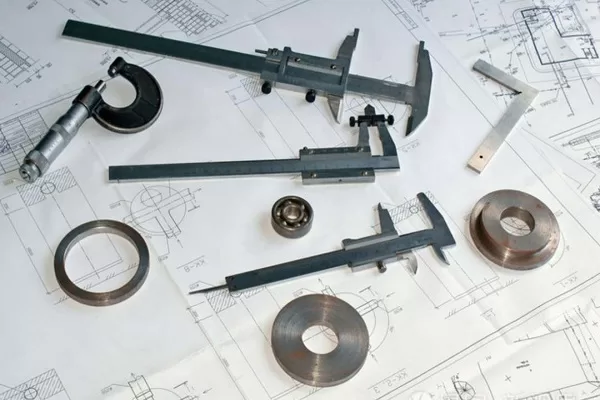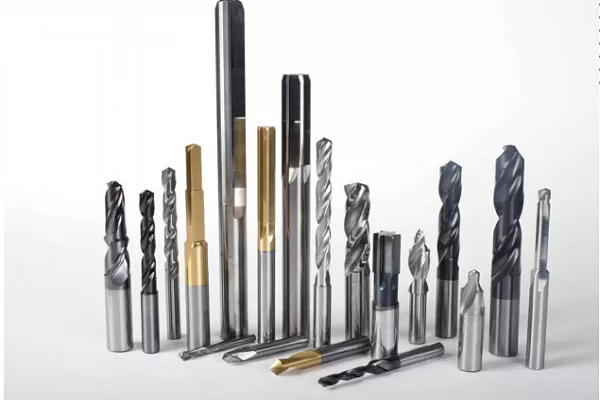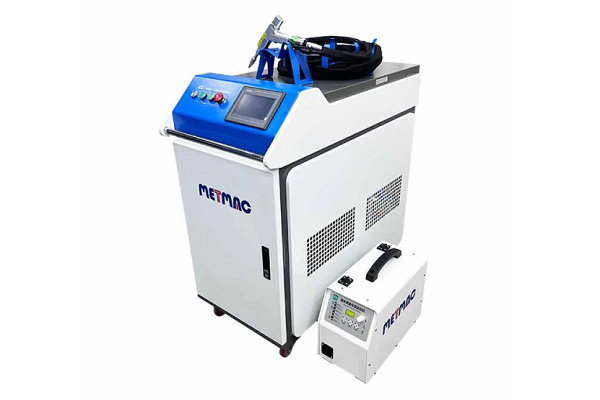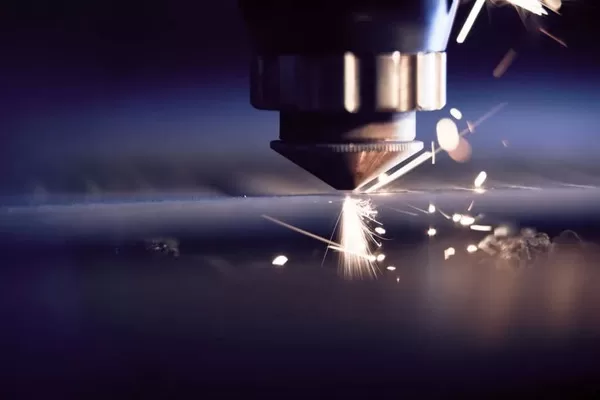
Maintaining and Troubleshooting Metal Shear Machines- Best Practices
- By:Metmac
- 2024-05-10
- 137
Metal shear machines are essential tools in metalworking industries, enabling precise cutting of metal sheets. Maintaining and troubleshooting these machines is crucial to ensure optimal performance, extend their lifespan, and prevent costly downtime. This article provides comprehensive guidelines for maintaining and troubleshooting metal shear machines, ensuring their smooth operation and maximum productivity.
Regular Maintenance
Lubrication: Regularly lubricate all moving parts, bearings, and gears per the manufacturer’s recommendations. This reduces friction, prevents wear, and extends component life.
Blade Inspection: Regularly inspect shear blades for damage, wear, or dullness. Sharpen or replace blades as necessary to maintain clean cuts and prevent excessive force on the machine.
Air Pressure Adjustment: Ensure correct air pressure for pneumatic shear machines. Optimal pressure minimizes blade bounce and improves cutting accuracy.
Foot Pedal Maintenance: Check foot pedals for smooth operation and proper alignment. Defective pedals can cause uneven cuts or safety hazards.
Troubleshooting
Common Issues and Solutions
Problem: Machine not cutting cleanly.
Possible Causes: Dull blades, misalignment, or blade damage.
Solutions: Sharpen or replace blades, adjust alignment, or inspect for cracks or chipping.
Problem: Excessive noise during operation.
Possible Causes: Worn or damaged gears, loose bolts, or misaligned components.
Solutions: Inspect gears, tighten bolts, and realign components as needed.
Problem: Machine overheating.
Possible Causes: Overloading, blocked air vents, or insufficient lubrication.
Solutions: Reduce load, clear air vents, and lubricate all moving parts.
Advanced Troubleshooting
Problem: Machine not responding to controls.
Possible Causes: Electrical issues, faulty control panel, or damaged wiring.
Solutions: Check electrical connections, troubleshoot the control panel, and inspect wiring for damage.
Problem: Machine tripping safety switches.
Possible Causes: Overloading, misaligned blades, or sensor malfunction.
Solutions: Reduce load, adjust blade alignment, or replace faulty sensors.
Best Practices for Extending Machine Life
Proper Handling: Avoid dropping or hitting the machine during transportation or storage.
Clean Work Environment: Keep the machine and work area clean to prevent buildup of dust and debris.
Overload Protection: Monitor loads and avoid exceeding the machine’s rated capacity.
Regular Inspection: Perform regular visual inspections and refer to the manufacturer’s manual for specific maintenance schedules.
Conclusion
Maintaining and troubleshooting metal shear machines effectively requires a combination of regular maintenance practices and timely troubleshooting measures. By following these best practices, manufacturers can ensure the optimal performance, longevity, and safety of their metal shear machines, maximizing productivity and reducing downtime. Regular maintenance, prompt troubleshooting, and a commitment to best practices extend the lifespan of these essential tools, ensuring their continued contribution to efficient metalworking operations.
-
The Advantages of Using a Sheet Roll Forming Machine in Manufacturing
2024/09/14 -
How to Optimize Your Laser Sheet Cutting Machine for Maximum Performance
2024/09/12 -
How to Maximize Efficiency with Modern Sheet Metal Working Machines
2024/09/04 -
The Environmental Benefits of Using Duct Board Grooving Machines
2024/09/03
-
Integrating Automation with Rectangular Duct Machines for Enhanced Productivity
2024/05/11 -
Metal Shear Machines- Essential Tools for Precision Metal Cutting
2024/05/11 -
Understanding the Role and Function of Steel Strip Slitting Machines
2024/05/11 -
Maintenance Tips for Longevity of HVAC Duct Machines
2024/05/11
-
A Guide to the Latest Innovations in Sheet Metal Folding Machines
2024/11/29 -
Key Features to Consider When Investing in a Sheet Metal Folding Machine
2024/11/28 -
Enhancing Precision with Advanced Sheet Metal Folding Machines
2024/11/27 -
How to Choose the Right Sheet Metal Folding Machine for Your Workshop
2024/11/26



